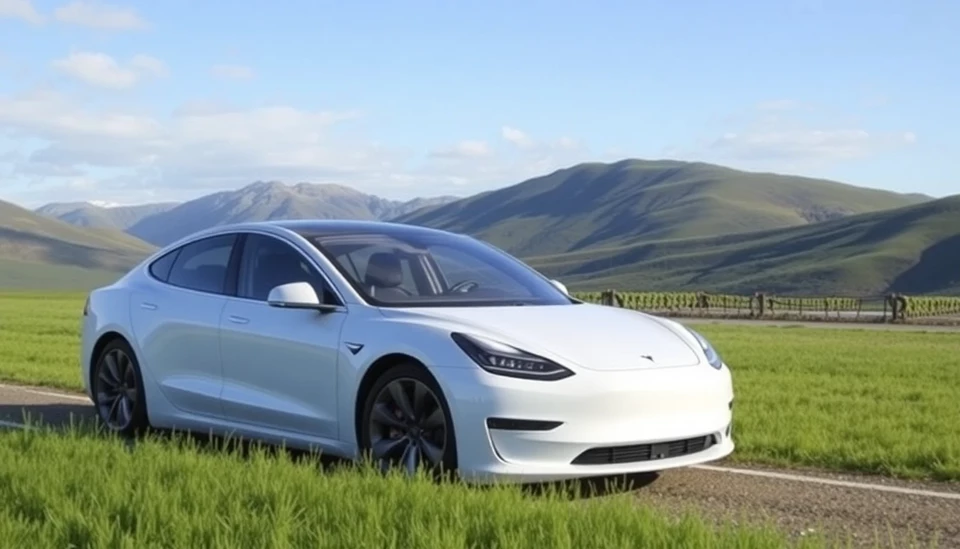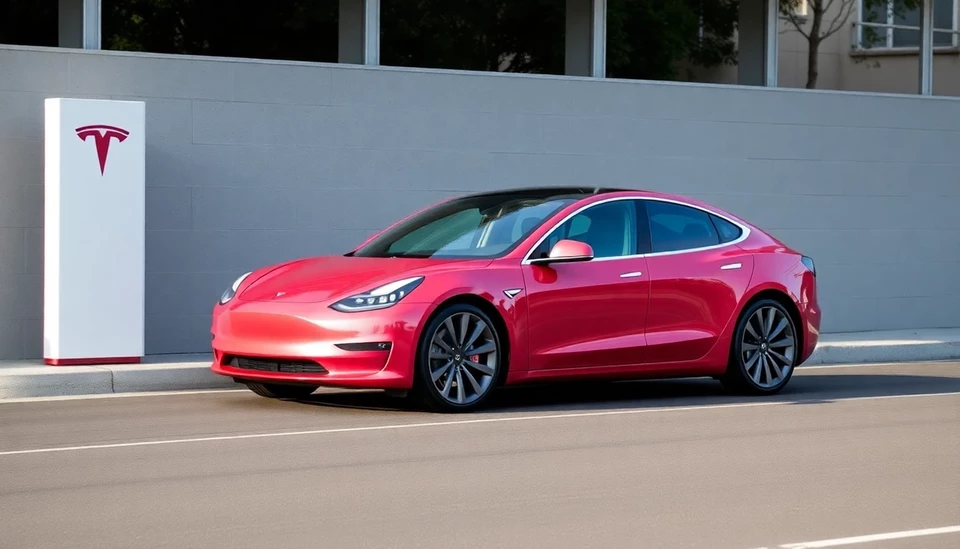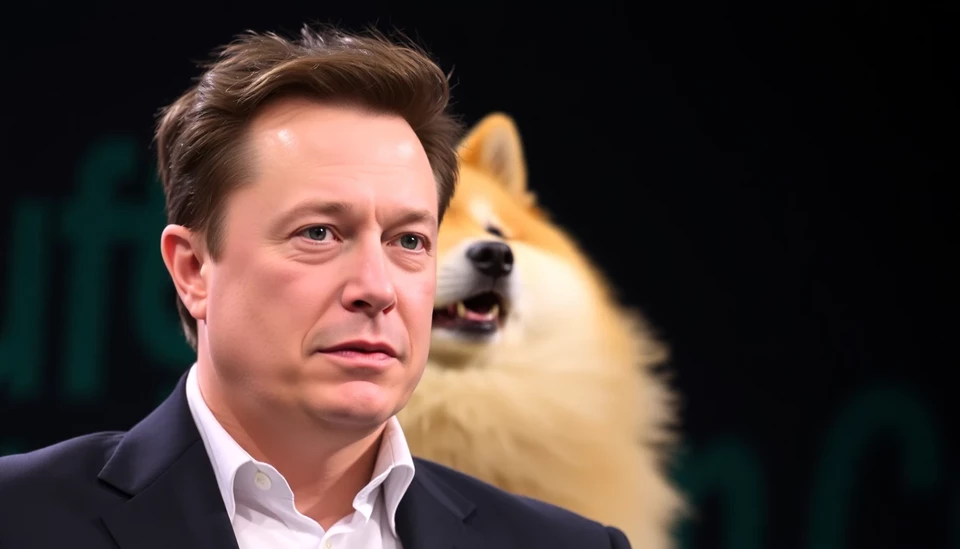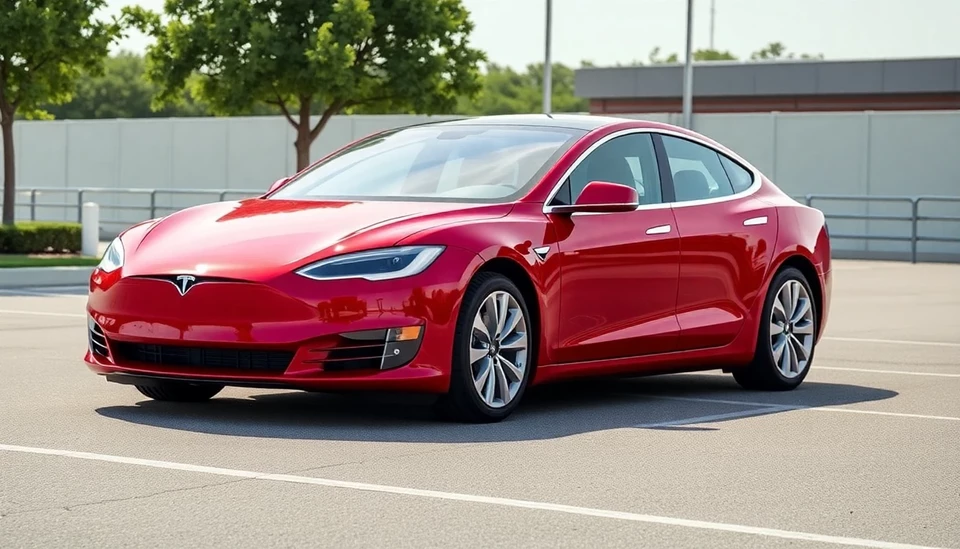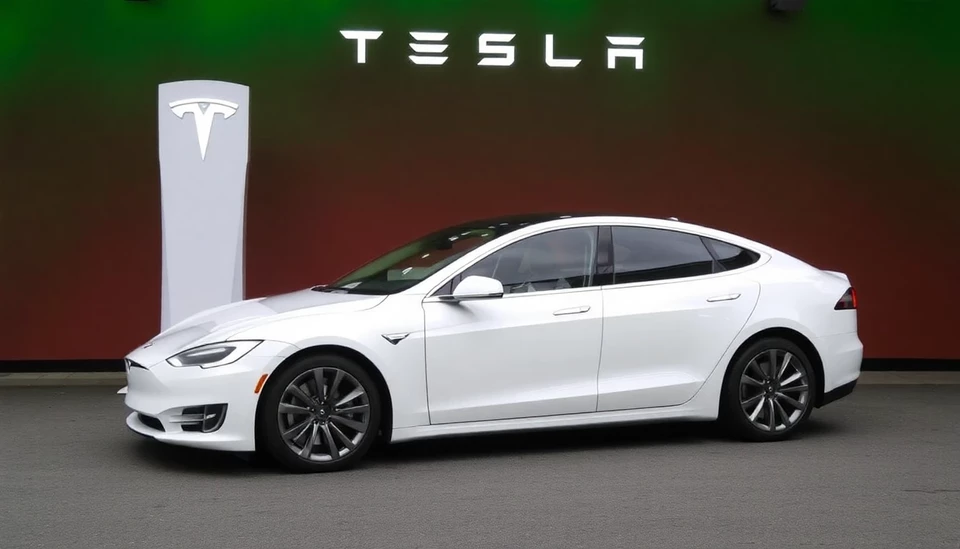
In a recent development that could have wide-ranging implications for Tesla’s Elon Musk's futuristic vision, the company's plan to develop a humanoid robot has been significantly impeded by China's recent restrictions on the export of rare earth elements. These elements are crucial for Tesla's production processes, especially in the context of advanced robotics.
The humanoid robot, named Optimus, was envisioned by Musk as a groundbreaking piece of technology capable of performing a variety of tasks, thereby addressing labor shortages and potentially transforming industries. However, the sudden export limitations imposed by China are likely to disrupt Tesla's supply chain and hinder the critical materials needed to build and power these robots.
China's dominance in the rare earth production landscape means that many global companies, including Tesla, rely heavily on these materials. Rare earth elements are essential for manufacturing powerful magnets and batteries, both of which are vital components of advanced robotics. Musk’s ambitious plans, which had already been ambitious, now face even tougher challenges due to the geopolitical tensions surrounding raw material availability.
The company had originally set an optimistic timeline for the mass production of Optimus, with hopes of introducing the robot into various industries, such as manufacturing, logistics, and even household chores. However, the ongoing geopolitical uncertainty and market fluctuations have added layers of complexity to this already ambitious project.
Industry analysts have pointed out that while Tesla had hoped to leverage its existing technology to streamline production, these new external challenges may cause further delays. The company's reliance on Chinese rare earth materials for producing electric vehicle batteries similarly underscores the vulnerability in Tesla's supply chain. As manufacturers consider diversifying sources away from China, the scalability of the Optimus project hangs in the balance.
Furthermore, market observers are closely watching how these developments may influence Tesla’s overall business strategy. With rising competition in the electric vehicle market and the tech landscape, the ability to pivot quickly could prove critical for Tesla as it navigates through both supply chain dilemmas and market dynamics.
In response to these challenges, Tesla’s leadership has indicated a commitment to exploring alternative sources and possibly investing in domestic production strategies for rare earth materials. However, this is no easy task—a shift towards localization could take time and may introduce added costs, thereby impacting pricing and delivery timelines for the much-anticipated robot.
The road ahead for Tesla's humanoid robot project is fraught with uncertainty, but Musk's vision remains unwavering. As the company adapts to the rapidly changing technological and geopolitical landscape, its ability to innovate will be put to the test. Optimus might still have the potential to become a transformative technology, but for now, external factors like China's rare earth curbs present significant obstacles that Tesla must navigate.
As the story unfolds, many are left questioning how Tesla will adapt and what this means for the future of robotics and automation across various sectors.
#Tesla #HumanoidRobot #Optimus #RareEarthElements #ChinaExport #TechNews #ElonMusk #SupplyChain #Automation
Author: John Harris
